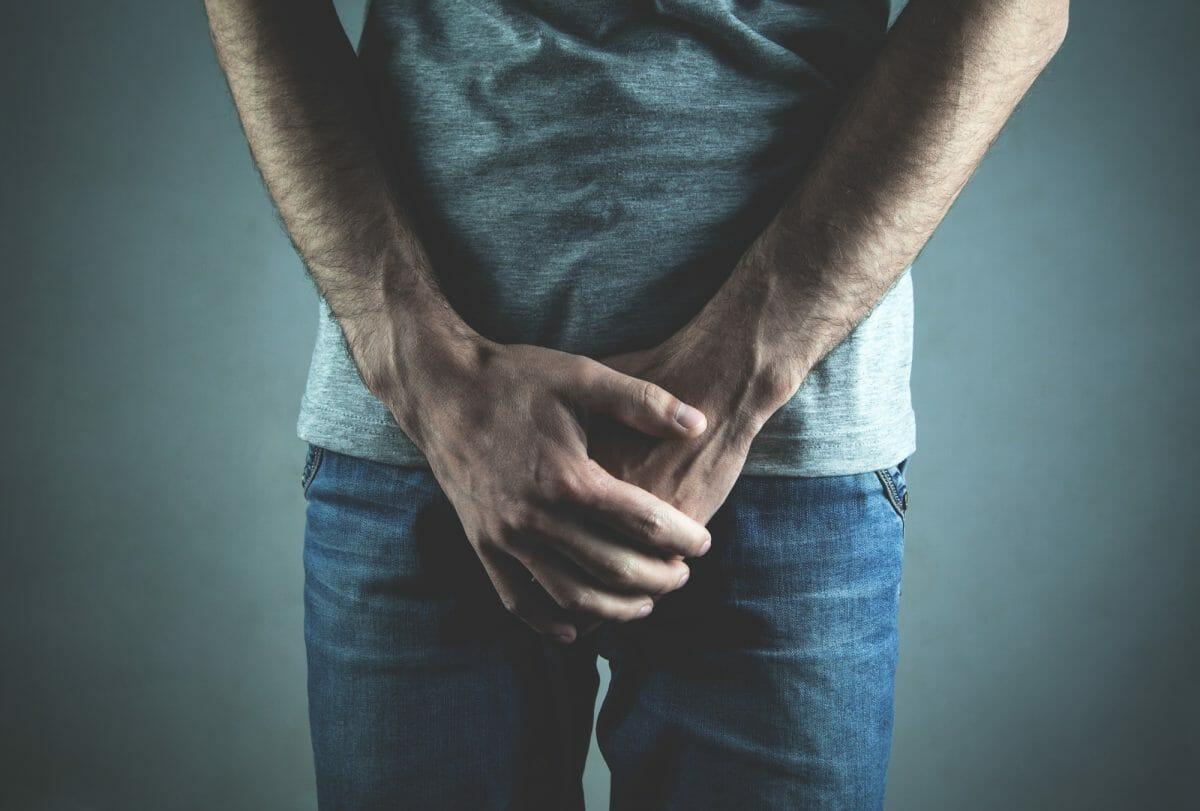Pearly Penile Papules, commonly referred to as PPP, is a relatively common skin condition affecting many men. Although PPP is harmless and unrelated to any underlying health issues, it can cause distress and concern due to its appearance.
This guide delves into the various aspects of PPP, exploring their causes and risk factors. It also discusses the different treatment options available, from medical interventions to home remedies, shedding light on each approach’s effectiveness, risks, and potential outcomes. Read on.
Causes And Risk Factors Of PPP
While the causes of PPP are still unclear, certain risk factors may increase the likelihood of developing this condition. Uncircumcised individuals seem to be at higher risk.
Age plays a role in determining risk levels too, as PPP is seen more frequently in younger individuals. Other potential risk factors include inflammation or infection of the penis and continuous exposure to irritants such as sweat and tight clothing.
Some evidence suggests that men with a family history of PPP may have an increased chance of developing it. Nonetheless, it’s important to note that while these risk factors may increase the likelihood of developing PPP, they don’t guarantee its occurrence.
Non-Surgical Treatment Options For PPP
Treatment of PPP may not require surgical intervention, as several non-surgical options are available, such as the following:
- Topical Creams And Ointments
Topical creams and ointments may offer relief from this condition, making them an essential consideration for sufferers. While several over-the-counter topical creams are available to treat PPP, research studies have found some to be more effective than others to remove white bumps on glans.
Tretinoin 0.05% is one such cream that has been found to reduce the appearance of PPP after four weeks of daily application. Nonetheless, it should be noted that Tretinoin is a prescription medication in the United States and thus can only be obtained with a doctor’s approval.
- Cryotherapy
Cryotherapy is another potential treatment option for PPP that involves exposing the affected area to extremely cold temperatures to reduce inflammation and alleviate symptoms. This therapy uses liquid nitrogen or another form of cryogen, which is applied directly to areas affected by PPP.
The procedure can cause some discomfort, as it may involve a burning sensation and blistering of the skin. It’s essential to note that cryotherapy doesn’t always provide relief from symptoms, and there’s no guarantee that it’ll be successful in treating PPP.
Furthermore, it’s worth noting that cryotherapy has potential side effects, including infection, scarring, discoloration, and pain. Due to its invasive nature and possible side effects, many healthcare providers only recommend this treatment option if other alternatives have been unsuccessful.
- Laser Therapy
Laser therapy is becoming increasingly popular for treating pearly penile papules. This minimally invasive procedure uses a laser to vaporize the bumps, leaving no scars. Laser therapy offers several benefits, including:
- Quick and painless treatment;
- Little to no downtime is required after the procedure;
- Minimal scarring or other side effects;
- Highly effective results with minimal recurrence rate; and others.
Laser therapy procedure involves targeting each papule with a laser beam. The intensity of the light energy causes thermal injury, destroying only the affected tissue while leaving the surrounding healthy tissue intact. Depending on the severity and size of the papules, multiple treatment sessions may be necessary to achieve the desired results.
Make sure that you consult with your physician prior to trying out any non-surgical PPP treatment
Home Remedies And Natural Treatments For PPP
Recent studies suggest that the topical application of castor and tea tree oil could be effective home remedy for PPP. Here’s a detailed explanation of these natural treatments:
- Castor Oil
Traditionally, castor oil has been used as a topical treatment to address some symptoms of pearly penile papules. The application of castor oil is believed to be beneficial for the following reasons:
- It helps reduce inflammation and itching caused by PPP;
- It can soften and reduce the visibility of PPP lesions;
- It can help keep the skin hydrated, which promotes healthy skin regeneration;
- It’s known for its antifungal properties, which may help prevent infection in the affected area;
- It’s also thought to have antioxidant effects that may help protect against damage caused by free radicals; and others.
Castor oil should be applied twice daily to the affected area until desired results are achieved, or symptoms subside. A sterile cloth or gauze pad can ensure optimum safety and hygiene when using castor oil as home remedy for PPP.
- Tea Tree Oil
Tea tree oil is a popular topical treatment for the symptoms associated with pearly penile papules. It’s reported that applying tea tree oil topically can relieve the itching and inflammation often accompanying PPP.
The oil, derived from the Australian Melaleuca alternifolia tree leaves, is known for its antiseptic, antibacterial, antiviral, and antifungal properties. Tea tree oil can be applied directly to affected areas or mixed into a cream or lotion before application.
Yet it’s worth noting that there’s limited scientific evidence supporting claims that tea tree oil effectively treats PPP. Although many people who have used this method report positive results.
At the end of the day, it’s advisable to consult a medical professional before beginning any self-treatment plan for PPP involving home remedies.
Surgical Treatment Options
Recent advancements in laser technology have allowed medical practitioners to explore surgical treatment options for PPP, such as the following:
- Laser Ablation And CO2 Laser Treatment
Laser ablation and CO2 laser treatment address the condition of PPP. These treatments involve the application of a laser beam to the affected area, which vaporizes or removes the papules. Here are three advantages of using these treatments:
- They can be done quickly in one session;
- The procedure is very safe, with minimal scarring or side effects risk; and
- It has a high success rate for removing PPP without recurrence.
These treatments are usually performed in a doctor’s office under local anesthesia. Nevertheless, some patients may require general anesthesia if they have a high level of anxiety or many papules that need to be treated simultaneously.
There’s typically no downtime after these treatments, and patients can return to their normal activities immediately. The results are often seen immediately after treatment, but sometimes it can take several weeks before all signs of PPP are eliminated.
- Excisional Surgery
Excisional surgery is a technique used to surgically remove PPP, providing an effective method for treating this condition. During this procedure, a small incision is made at the base of each papule, and they’re then carefully excised from the surrounding area using sharp instruments or lasers.
The wound may either be closed with sutures or left open to heal naturally. After healing, the area should be free of any remaining papules, and any cosmetic issues, such as scarring, can be addressed if necessary.
The success rate for this type of treatment is relatively high, with most patients experiencing complete resolution of their PPP after one session. Yet it’s important to note that while excisional surgery provides an effective way to treat PPP, there are potential risks associated with any surgical procedure, including infection, bleeding, and pain during the healing process.
And there may be some scarring in the affected area, which can have aesthetic and functional implications depending on its severity. Thus, individuals considering this option should discuss all potential risks and benefits with their healthcare provider before proceeding with treatment.
Do keep in mind that surgical treatment options for PPP come with different advantages and disadvantages – make sure that you weigh both to ensure that going the surgical route is the best course of action for your case.
Conclusion
PPP is a relatively common condition affecting men of all ages. While PPP poses no life-threatening health risks, it can cause embarrassment and affect self-confidence.
The range of treatment options for PPP extends from natural home remedies to surgical procedures, depending on the severity of the case. Non-surgical treatments, such as topical creams and ointments, may help reduce the appearance of PPP, while more severe cases may require laser removal or cryotherapy.
It’s crucial to research all available treatment options to determine the most suitable one for an individual’s needs and lifestyle. Additionally, consulting with a healthcare professional should be considered to understand better the potential side effects, cost, and recovery time associated with various treatments for PPP.




